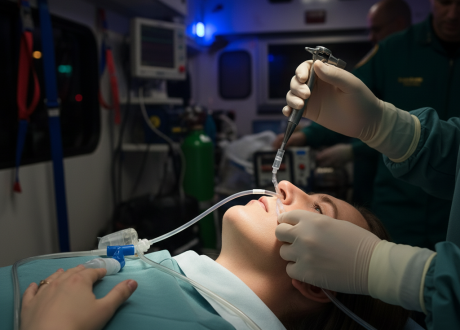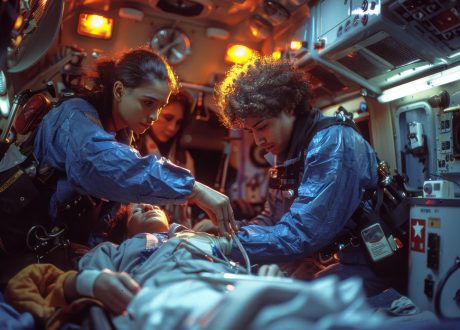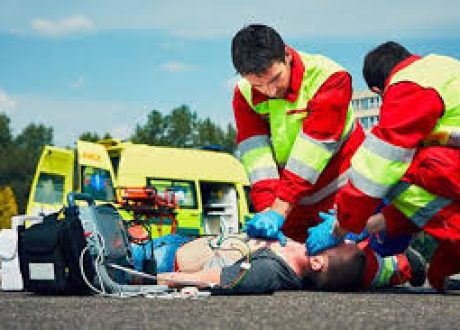 Mikael Laredo ,1,2 Claire Vandiedonck ,3 Òscar Miró,4 Juan González del Castillo,5 Aitor Alquézar-Arbé, 6 Javier Jacob,7 Pascual Piñera,8 Bruno Mégarbane 1
Mikael Laredo ,1,2 Claire Vandiedonck ,3 Òscar Miró,4 Juan González del Castillo,5 Aitor Alquézar-Arbé, 6 Javier Jacob,7 Pascual Piñera,8 Bruno Mégarbane 1
Abstract 
Background Physicians have observed patients with COVID-19 without respiratory distress despite marked hypoxaemia and extensive radiographic abnormalities, a controversial phenomenon called ‘silent hypoxaemia’. We aimed to compare the relationship between RR and peripheral oxygen saturation (SpO2) in patients with COVID-19 versus patients without COVID-19 when breathing air on admission.
Methods We conducted a retrospective multicentre ED cohort correlational study.
We used the Spanish Investigators on Emergency Situations TeAm network cohort of patients with COVID-19 admitted to 61 Spanish EDs between March and April 2020. The non-COVID-19 cohort included patients with lower respiratory tract bacterial infections admitted between January 2016 and April 2018.
We built a multivariable linear model to investigate the independent predictive factors related to RR and a logistic multivariate regression model to analyse the presence of ‘silent hypoxaemia’.
Results We included 1094 patients with COVID-19 and 477 patients without COVID-19. On admission, RR was lower (20±7 vs 24±8/min, p<0.0001), while SpO2 higher (95±5% vs 90±7%, p<0.0001) in patients with COVID-19 versus patients without COVID-19. RR was negatively associated with SpO2 (RR decreasing with increasing age, beta=−0.37, 95% CI (−0.43; −0.31), p<0.0001), positively associated with age (RR increasing with increasing age, beta=0.05, 95% CI (0.03; 0.07), p<0.0001) and negatively associated with COVID-19 status (RR lower in patients with COVID-19, beta=−1.90, 95% CI (−2.65; −1.15), p<0.0001). The negative RR/SpO2 correlation differed between patients with COVID-19 aged <80 and ≥80 years old (p=0.04). Patients with COVID-19 aged ≥80 years old had lower RR than patients without COVID-19 aged ≥80 years old at SpO2 values <95% (22±7 vs 24±8/min, p=0.004). ‘Silent hypoxaemia’ defined as RR <20/min with SpO2 <95% was observed in 162 (14.8%) patients with COVID-19 and in 79 (16.6%) patients without COVID-19 (p=0.4). ‘Silent hypoxaemia’ was associated with age ≥80 years (OR=1.01 (1.01; 1.03), p<0.0001) but not with gender, comorbidities and COVID-19 status.
Conclusion The RR/SpO2 relationship before oxygen administration does not differ between patients with COVID-19 and those without COVID-19, except in elderly patients.








